While talking with longtime friends over dinner last week, Deets, husband and father of two daughters who have left the nest, gave some thought to what “adventures” he wanted to share with all of you. Part of enjoying the life of an Empty Nester is figuring out just how to pay for the second half of our lives. Deets has been a student of personal finance and wanted to share his perspective. He is not employed in the financial industry, he is just a Dad who wants to help other Dads and Moms with his experience. He liked writing this blog post so much, he created a new blog www.freedom595.com and a new adventure in blogging! How cool is that?
“This adventure thing sounds fun, but how do you pay for it all?” – Deets
OK, the kids are out of the house and mostly off the payroll, so now you should have the time and the money to start checking off items on your bucket list, right? Unfortunately for most of us things haven’t worked out like we had hoped. So what happened to this dream and how can you get it back on track? Read on as I take you through my own personal journey that I hope will give you some ideas that you can put to use.
I was raised with solid Midwestern roots where we were taught to save our money and invest for the long term in stocks, bonds, and mutual funds. We were conditioned to expect a 7-8% return each and every year and by the time we were ready to retire we would have enough saved to enjoy our golden years. This myth was thoroughly debunked in the crashes of 2000 and 2008. I don’t know about you, but I lost 30-40% of the value of my portfolio in each of those crashes. At the time, I didn’t know of any alternatives so I was 90% invested in the Wall Street casino. Another problem with blindly saving into a retirement plan is that nobody talks about how to convert your savings into an income stream that you can live on once you retire.
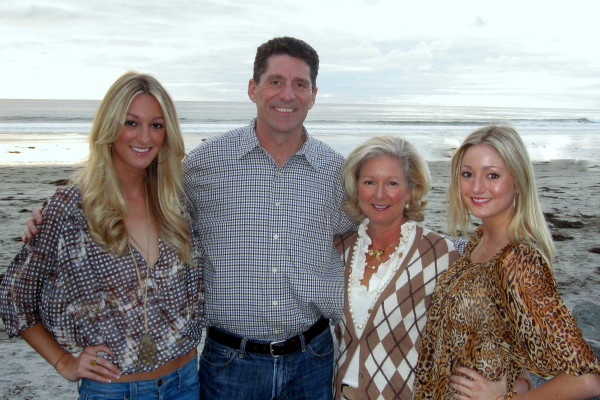
When I turned 50, I had one daughter in college and another one that was going to start the following year. I had saved close to $100,000 to pay for my girls’ education, but that wasn’t nearly enough when my youngest daughter was accepted to her out-of-state dream university. I was fortunate to be able to pay for the rest as I went, but as a result I didn’t save as much as I would have liked for retirement. About this time, I received a copy of Patrick Kelly’s book titled Tax-Free Retirement. He succinctly walks through the pros and cons of the different pots of money we may have including taxable savings accounts, tax deferred accounts like IRAs and 401Ks, and tax-free accounts like Roth IRAs. At the end of the book he introduces another financial product that provides tax-free income with very little risk. Since I firmly believe all of our taxes will be going up in the future whether through increased tax rates, reduced deductions or both, his tax mitigation reasoning made sense, so I planned to do more research on my own. I will cover this in a future section.
In 2010, I received an offer from a local financial firm that said they could help me convert my IRA to a Roth IRA and pay for the taxes by leveraging an alternative investment. This was also the year that the government allowed you to convert funds from an IRA to a Roth IRA and spread the resulting tax over a 2 year period. I liked the idea of taking the tax hit now and letting my funds grow tax-free for the future. To pay for the taxes it leveraged an alternative investment known as a Life Settlement. This is how a Life Settlement contract works: when an older person needs to access the proceeds of their life insurance policy before they die, they sell it to a life settlement company who pays them a discounted death benefit today. This gives the insured party cash to pay for things like medical bills and living expenses. The life settlement company turns around and sells fractionalized interest in the policy to individual investors who collectively pay the premium on the policy and receive the death benefit when the insured party eventually passes away. The expected return would more than pay for the taxes for my Roth IRA conversion and it is totally disconnected from the equity markets which aligned with my goal of reducing the volatility in my portfolio.
In order to purchase the Life Settlements policies, I had to open a self-directed IRA. If you are like me, most of your retirement savings are tied up in traditional IRAs at companies like Charles Schwab or Fidelity where the only options you have to invest your money are stocks, bonds, mutual funds, index funds, etc. A self-directed IRA is an IRA held by another financial institution (typically a trust company) where you have the flexibility to invest in non-traditional assets like life settlements, real estate, trust deeds, LLCs, private stock, etc. Once you open up a self-directed IRA, the trust company will help you transfer your IRA assets from your old account to the new account. There are no tax implications since you are simply changing IRA custodians. If you move from an IRA to a Roth IRA, you will need to pay the taxes and potentially an additional 10% penalty.
It was about this time that a friend of mine suggested I read Rich Dad Poor Dad by Robert Kiyosaki. This book opened my eyes for the first time to the difference between being rich and being wealthy. Most of us strive to be rich, which according to Robert means you have accumulated some amount of money, for example $1 million dollars. In some parts of the US, that would be more than enough to fund your retirement, but I live in Southern California and that amount wouldn’t last very long. Regardless of the number you consider to be rich, contrast it to the definition of being wealthy. Robert says you are wealthy when your passive income exceeds your monthly expenses. That means you do not need to work for a living and you can pursue whatever you want to do. LIGHT BULB!!!
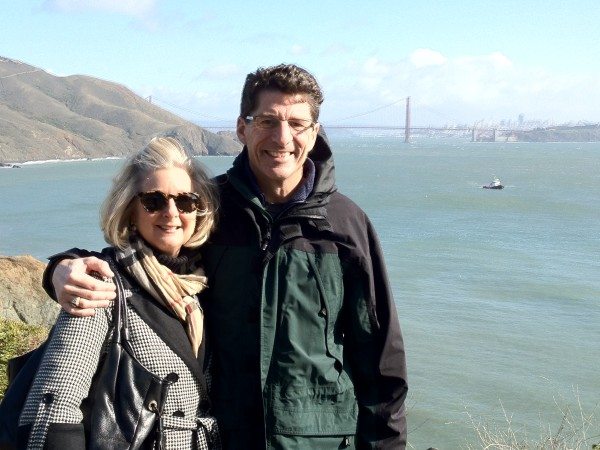
I realized that I had been pursuing the wrong financial objective. I now knew that I wanted to be wealthy and passive income was the answer. Traditional investments offer some limited passive income in the form of dividends, but they wouldn’t generate the amount of passive income I was striving for. I also wanted to find tax-free alternative investments that were not tied to the wild market swings on Wall Street. If you liked this post, please join me at www.freedom595.com for Part 2 and 3 where I share the strategy I am using to finance my own adventures.
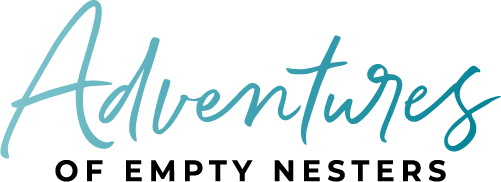
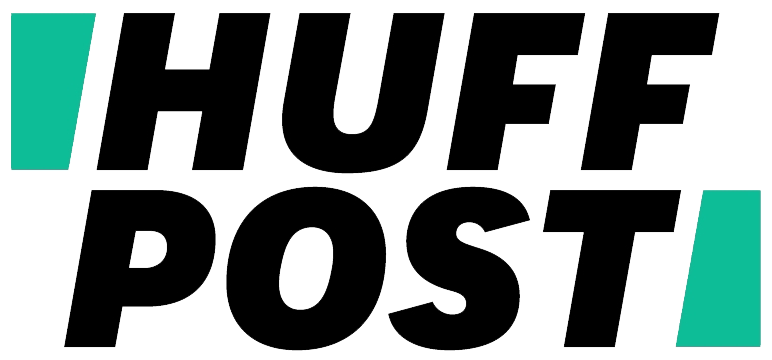




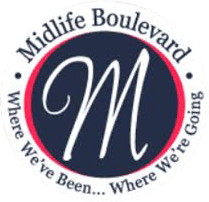



Volunteering is a great way to travel! There are so many options!
Tam have you ever written a post about volunteering? If so, I would love to repost…if not would you considering writing one?
I love Robert Kiyosaki’s definitions of being rich versus being wealthy. I think the first step should be to cut one’s expenses as much as possible to build up a chunk of savings to use to buy assets to build wealth.